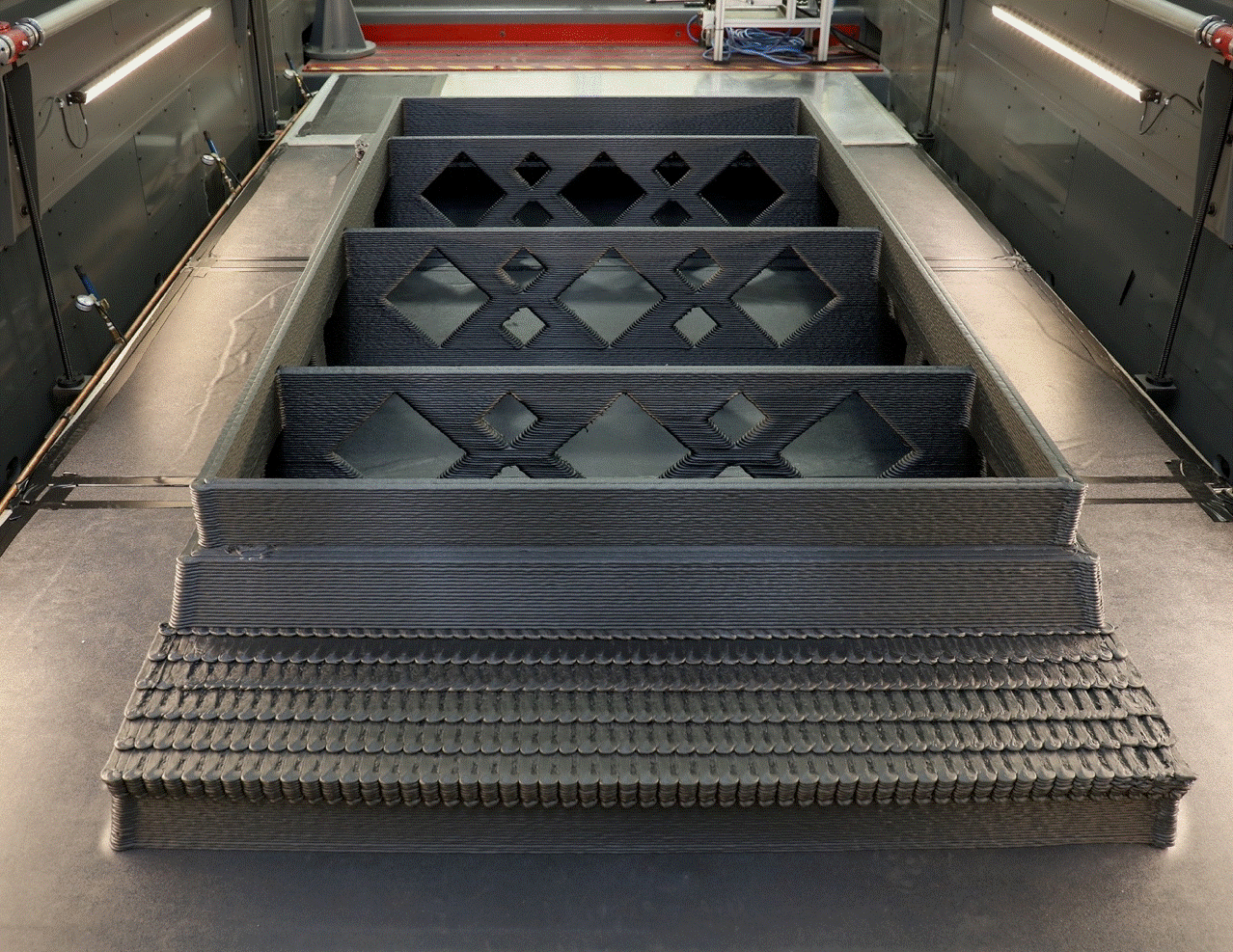
Filter News
Area of Research
News Topics
- (-) 3-D Printing/Advanced Manufacturing (4)
- (-) Isotopes (2)
- (-) Microscopy (3)
- (-) Polymers (4)
- (-) Space Exploration (1)
- Advanced Reactors (6)
- Artificial Intelligence (1)
- Big Data (3)
- Biology (2)
- Biomedical (8)
- Clean Water (1)
- Climate Change (5)
- Computer Science (9)
- Coronavirus (3)
- Critical Materials (1)
- Energy Storage (8)
- Environment (10)
- Frontier (1)
- Fusion (4)
- Grid (4)
- Machine Learning (3)
- Materials Science (11)
- Mercury (1)
- Molten Salt (4)
- Nanotechnology (5)
- Neutron Science (7)
- Nuclear Energy (9)
- Physics (1)
- Security (1)
- Summit (3)
- Sustainable Energy (8)
- Transportation (7)
Media Contacts

Scientists at Oak Ridge National Laboratory and the University of Tennessee designed and demonstrated a method to make carbon-based materials that can be used as electrodes compatible with a specific semiconductor circuitry.

Oak Ridge National Laboratory researchers used additive manufacturing to build a first-of-its kind smart wall called EMPOWER.

Oak Ridge National Laboratory scientists have discovered a cost-effective way to significantly improve the mechanical performance of common polymer nanocomposite materials.

Oak Ridge National Laboratory researchers have built a novel microscope that provides a “chemical lens” for viewing biological systems including cell membranes and biofilms.

Oak Ridge National Laboratory researchers have discovered a better way to separate actinium-227, a rare isotope essential for an FDA-approved cancer treatment.

Oak Ridge National Laboratory researchers have developed a thin film, highly conductive solid-state electrolyte made of a polymer and ceramic-based composite for lithium metal batteries.

Scientists at Oak Ridge National Laboratory used a focused beam of electrons to stitch platinum-silicon molecules into graphene, marking the first deliberate insertion of artificial molecules into a graphene host matrix.
Physicists turned to the “doubly magic” tin isotope Sn-132, colliding it with a target at Oak Ridge National Laboratory to assess its properties as it lost a neutron to become Sn-131.

An Oak Ridge National Laboratory-led team used a scanning transmission electron microscope to selectively position single atoms below a crystal’s surface for the first time.

The construction industry may soon benefit from 3D printed molds to make concrete facades, promising lower cost and production time. Researchers at Oak Ridge National Laboratory are evaluating the performance of 3D printed molds used to precast concrete facades in a 42-story buildin...


